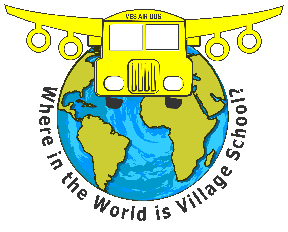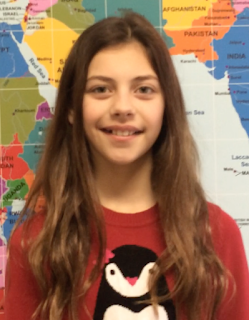We're flying out of Europe on our way to the Middle Eastern country found on the Mediterranean Sea. This country is regarded by Jews, Christians and Muslims as the Holy Land, and its most sacred sites can be found in Jerusalem. Within its Old City, the Temple Mount complex includes the Dome of the Rock shrine, the historic Western Wall, Al-Aqsa Mosque and Church of the Holy Sepulchre.Its financial hub, Tel Aviv, is known for Bauhaus architecture, beaches and nightlife.
This country is known today to have a rich and distinctive cuisine reflecting the diversity of it's society, but with roots deeply planted in Jewish and regional customs. Since this country was reborn in 1948, new culinary traditions have emerged. A good example of this is the customary Independence Day picnicin the countryside, typically complete with shishlik, kebob -- or American-style steak. These main courses are often accompanied by tehina and hummus, Middle Eastern favorites.
Another widespread trend is their large breakfast, composed of cheeses, salads, olives, distinctive breads, juice and coffee.
Lunch is the principal meal of the day, served at noontime when children return home from school. Most eat lightly in the evening, with dinner possibly consisting of dairy products, salads or eggs. Like in Europe, however, bread is often a part of every meal of the day; this, perhaps, might interest "low-carb" dieters, especially the young, are among the most fit in the Western world!
 |
| Video Clue#2 |
 |
| Video Clue #3 |
Continent: Asia
Location: Middle East, bordering the Mediterranean Sea, between Egypt and Lebanon
Geography - note: Lake Tiberias (Sea of Galilee) is an important freshwater source; the Dead Sea is the second saltiest body of water in the world (after Lake Assal in Djibouti); in 2014, there were 423 settlements in this country's occupied territories - 42 settlements in the Golan Heights, 381 sites in the occupied Palestinian territories to include 212 settlements and 134 outposts in the West Bank, and 35 settlements in East Jerusalem; there are no Israeli settlements in the Gaza Strip because all were evacuated in 2005 (2014 est.)
 |
| Video Clue #4 |
Government type: parliamentary democracy
Prime minister: Benjamin NetanyahuPresident: Reuven Rivlin
Agriculture - products: citrus, vegetables, cotton; beef, poultry, dairy products
Industries: high-technology products (including aviation, communications, computer-aided design and manufactures, medical electronics, fiber optics), wood and paper products, potash and phosphates, food, beverages, and tobacco, caustic soda, cement, construction, metal products, chemical products, plastics, cut diamonds, textiles, footwear
Imports - commodities: raw materials, military equipment, investment goods, rough diamonds, fuels, grain, consumer goods
 Exports - commodities: machinery and equipment, software, cut diamonds, agricultural products, chemicals, textiles and apparel
Exports - commodities: machinery and equipment, software, cut diamonds, agricultural products, chemicals, textiles and apparel
Exports - partners: US 26.9%, Hong Kong 8.9%, UK 5.8%, Belgium 4.8%, China 4%, Turkey 4% (2014)
Exchange rates: new Israeli shekels (ILS) per US dollar 3.886 (2015 est.)
























